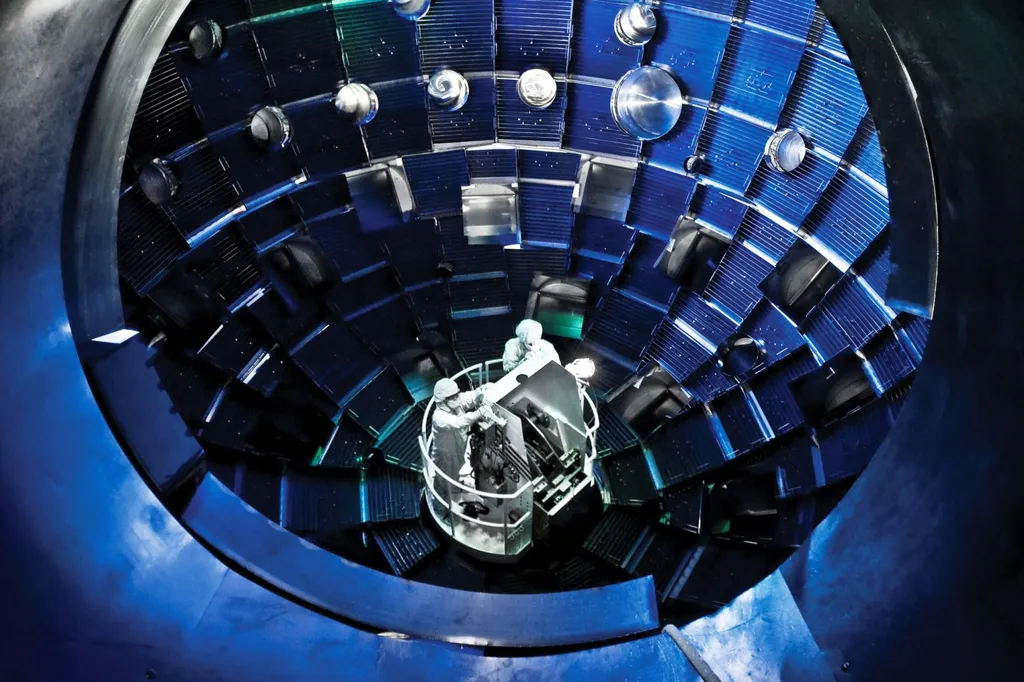In the quest to harness the power of fusion energy, scientists are tackling a myriad of challenges, one of which is understanding and mitigating the intense neutron radiation that fusion reactors produce. A recent study published in the journal “Nuclear Fusion” (translated to English) sheds light on the critical role of neutronics in the design and safety of future fusion reactors, particularly the International Fusion Materials Irradiation Facility—Demo Oriented NEutron Source (DONES). This facility, an accelerator-based neutron irradiation facility, is pivotal for testing and qualifying materials for fusion reactors like DEMO.
Led by Y. Qiu from the Karlsruhe Institute of Technology in Germany, the research provides a comprehensive overview of neutronics studies and nuclear analyses within the DONES framework. The study delves into the generation of neutrons and gamma rays from deuteron losses and deposition, progressing through the test systems where most deuteron-lithium (d-Li) neutrons are produced, and extending to the systems and areas where radiation is managed.
One of the key aspects analyzed in the study is neutron-induced material damage and gas production. “Understanding these processes is crucial for the reliable operation of fusion reactors,” Qiu explains. “By simulating and analyzing these interactions, we can better predict the lifespan and performance of materials used in fusion environments.”
The research also covers nuclear heating, radiation doses during both beam-on and beam-off conditions, and the activation of structural components and liquids such as lithium and water. These analyses are essential for ensuring the safety and efficiency of fusion reactors. “Our goal is to optimize radiation shielding across the accelerator systems, target systems, lithium systems, and building and plant systems,” Qiu adds. “This optimization is vital for minimizing radiation exposure and maximizing the operational safety of these facilities.”
The study highlights recent advancements in neutronics simulation tools, evaluations of nuclear data, and experimental efforts. These advancements provide a robust foundation for nuclear analyses in DONES, paving the way for more accurate and reliable predictions of radiation effects.
The implications of this research are significant for the energy sector. As fusion energy moves closer to commercialization, the ability to accurately model and mitigate radiation effects will be crucial. This work not only enhances our understanding of neutronics but also informs the design and safety protocols for future fusion reactors.
In the broader context, the research underscores the importance of interdisciplinary collaboration and innovation in the field of nuclear fusion. By addressing the challenges posed by neutron radiation, scientists are laying the groundwork for a sustainable and efficient energy future. As Qiu notes, “This research is a stepping stone towards achieving practical and safe fusion energy, which could revolutionize the global energy landscape.”
In summary, the study published in “Nuclear Fusion” offers valuable insights into the complexities of neutronics in fusion reactors. Through advanced simulation tools and rigorous analysis, researchers are making strides towards overcoming the technical hurdles that stand in the way of fusion energy’s commercial viability. As the energy sector continues to evolve, the findings from this research will play a pivotal role in shaping the future of fusion energy.

